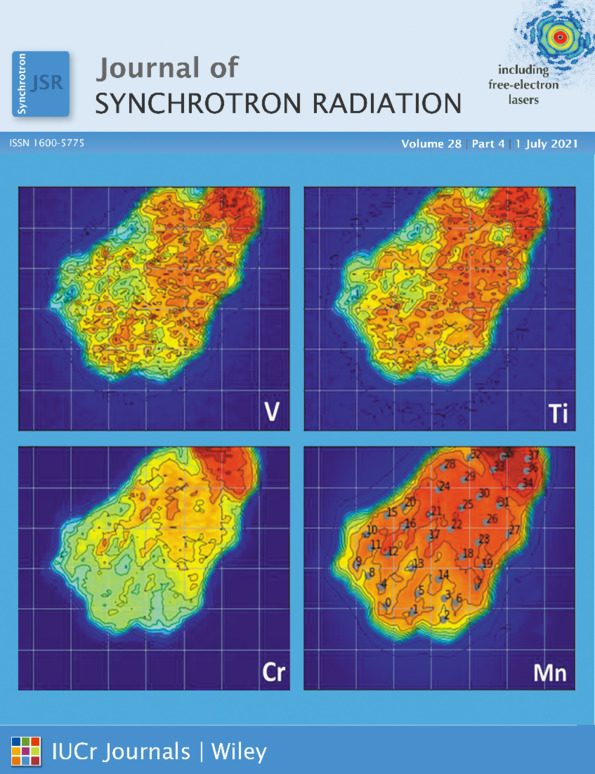A cookbook for the investigation of coordination polymers by transition metal K-edge XMCD
Abstract
In order to disentangle the physical effects at the origin of transition metal K-edge X-ray magnetic circular dichroism (XMCD) in coordination polymers and quantify small structural distortions from the intensity of these signals, a systematic investigation of Prussian blue analogs as model compounds is being conducted. Here the effects of the temperature and of the external magnetic field are tackled; none of these external parameters modify the shape of the XMCD signal but they both critically modify its intensity. The optimized experimental conditions, as well as a reliable and robust normalization procedure, could thus be determined for the study of the intrinsic parameters. Through an extended discussion on measurements on other XMCD-dedicated beamlines and for other coordination compounds, we finally provide new transition metal K-edge XMCD users with useful information to initiate and successfully carry out their projects.




